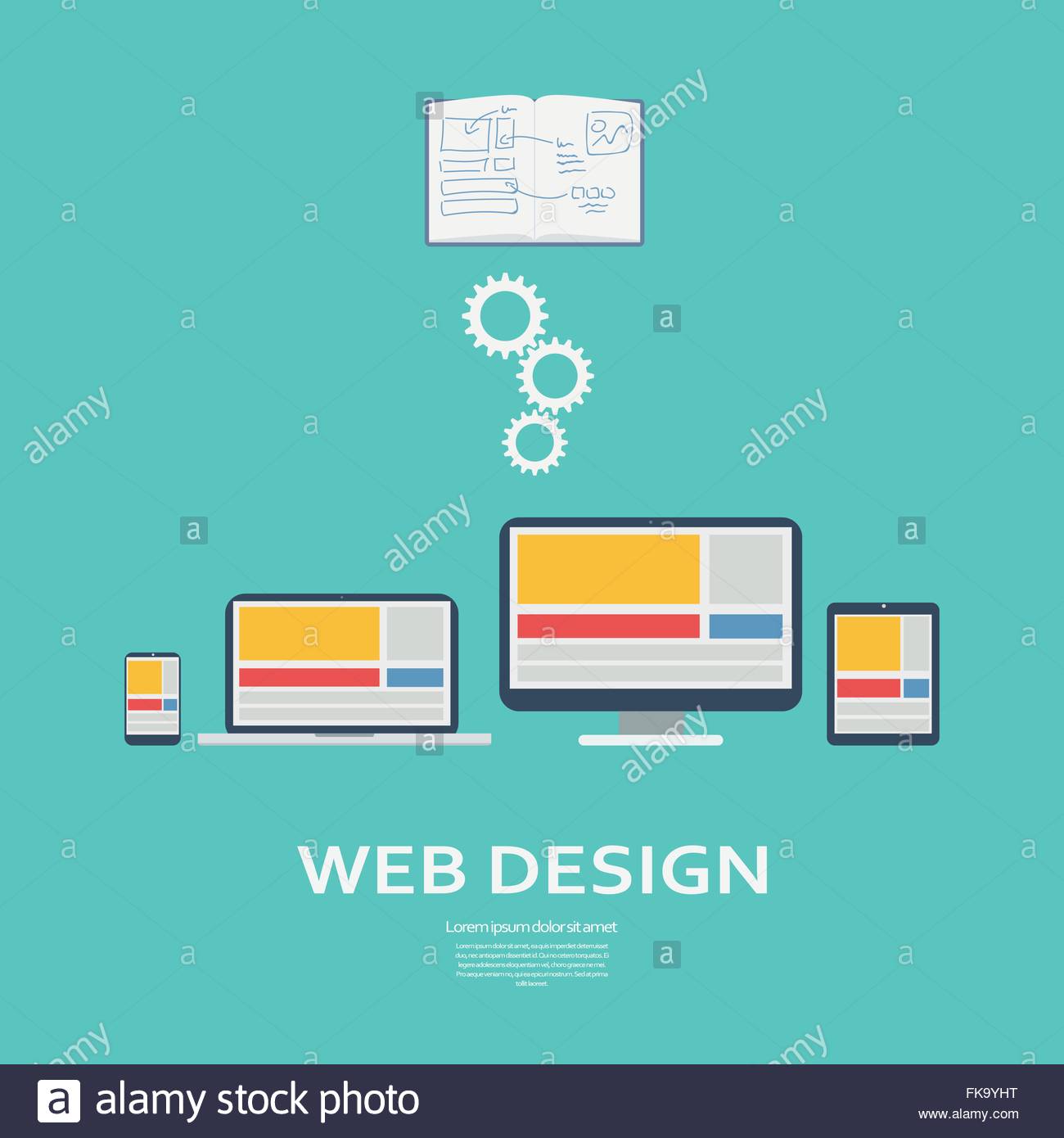Keen To Find How Site Style Has Transformed Gradually? Dive Into The Evolution From Simpleness To User-Focused Experiences
Keen To Find How Site Style Has Transformed Gradually? Dive Into The Evolution From Simpleness To User-Focused Experiences
Blog Article
Produced By-Tobiasen Dalby
In the past, internet sites were simple and focused on information. Navigating was straight, and layout was for desktops. Now, customer experience is crucial. Data overviews layouts for very easy navigation. Receptive formats match various tools. Today, dark mode lowers pressure, and minimal menus improve navigating. Interactive features involve individuals, and strong visuals stand apart. AI assimilation improves interaction. See exactly how layout has actually advanced to enhance your on-line trip.
Very Early Days of Website Design
In the early days of web design, simplicity preponderated. Internet sites were fundamental, with restricted shades, font styles, and designs. The emphasis was on giving information rather than flashy visuals. Users accessed the internet via slow-moving dial-up links, so rate and capability were essential.
Navigating menus were straightforward, commonly situated on top or side of the page. Sites were designed for desktop, as mobile surfing wasn't yet prevalent. Material was king, and developers focused on simple readability over complex style elements.
HTML was the main coding language used, and designers had to function within its restraints. Animations and interactive functions were marginal compared to today's standards. Sites were fixed, with little vibrant material or tailored user experiences.
Increase of User-Focused Design
With the development of website layout, a shift in the direction of user-focused layout principles has become increasingly famous. Today, creating web sites that focus on user experience is critical for involving visitors and achieving company objectives. User-focused style includes understanding the demands, choices, and actions of your target audience to tailor the website's format, content, and includes as necessary.
Designers currently conduct detailed research study, such as customer surveys and usability testing, to gather understandings and feedback directly from customers. This data-driven approach helps in producing user-friendly navigation, clear calls-to-action, and aesthetically enticing user interfaces that reverberate with visitors. By positioning the customer at the center of the layout process, sites can supply an extra customized and enjoyable experience.
Receptive style has actually also emerged as a crucial aspect of user-focused style, making certain that web sites are maximized for different gadgets and screen sizes. This versatility boosts ease of access and functionality, dealing with the diverse ways individuals engage with sites today. In essence, the rise of user-focused design symbolizes a shift in the direction of creating electronic experiences that focus on the needs and assumptions of the end user.
Modern Trends in Website Design
Explore the most recent patterns forming website design today. One famous pattern is dark setting layout, offering a streamlined and modern-day look while decreasing eye strain in low-light settings. One more vital trend is minimal navigation, simplifying menus and improving user experience by concentrating on essential elements. Incorporating micro-interactions, such as animated switches or scrolling impacts, can produce a more interesting and interactive site. Responsive layout stays important, guaranteeing seamless user experiences across different devices. Additionally, using strong typography and unbalanced layouts can add visual rate of interest and accentuate specific material.
Incorporating AI innovation, like chatbots for consumer support or customized recommendations, boosts individual involvement and enhances procedures. Accessibility has also come to be a significant pattern, with designers focusing on comprehensive style techniques to deal with diverse user requirements. Accepting sustainability by optimizing web site efficiency for speed and performance is one more emerging pattern in website design. Working together with customer comments and information analytics to repeat and enhance design constantly is necessary for remaining pertinent in the ever-evolving electronic landscape. By embracing https://www.entrepreneur.com/article/394911 -day trends, you can create a visually appealing, easy to use site that resonates with your audience.
Final thought
As you reflect on the advancement of internet site style from the very early days to now, you can see exactly how user-focused design has become the driving force behind modern fads.
Welcome the trip of change and adjustment in website design, always maintaining the user experience at the leading edge.
Keep current with the latest trends and innovations, and never ever quit advancing your approach to produce visually magnificent and user-friendly websites.
Develop, adapt, and develop - the future of website design is in your hands.
